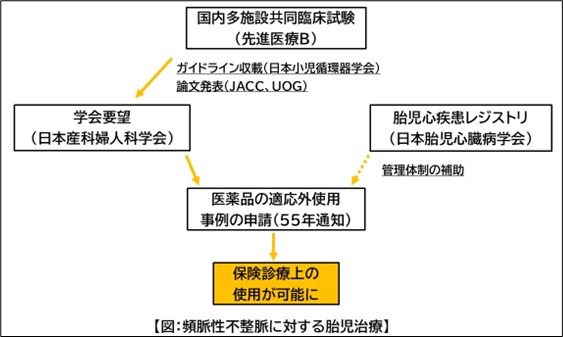2024-10-17 タフツ大学
<関連情報>
- https://now.tufts.edu/2024/10/17/buy-your-groceries-online-watch-out-food-labeling-gap
- https://www.cambridge.org/core/journals/public-health-nutrition/article/disclosure-of-mandatory-and-voluntary-nutrition-labelling-information-across-major-online-food-retailers-in-the-usa/5A109E35249A994459A00D19BD9ACF55
米国の主要なオンライン食品小売業者における義務的および自主的な栄養表示情報の開示 Disclosure of mandatory and voluntary nutrition labelling information across major online food retailers in the USA
Julia Reedy Sharib,Jennifer L Pomeranz,Dariush Mozaffarian and Sean B Cash
Public Health Nutrition Published:17 October 2024
DOI:https://doi.org/10.1017/S1368980024001289

Abstract
Objective:
Nutrition labelling is mandatory on food products in retail stores, but compliance in the rapidly expanding online setting remains unclear. We assessed mandatory and voluntary labelling information across major U.S. online retailers.
Design:
Between January and August 2022, we evaluated a representative basket of sixty food and beverage items across eight product categories of ten major retailers. We evaluated online presence, accessibility and legibility of four mandatory elements – Nutrition Facts, ingredients, allergen statements and percent juice for fruit drinks – and presence of seven voluntary elements – nutrient content claims, health/qualified health claims, ingredient claims, structure–function claims, additive claims, front-of-package nutrient profiling symbols and other marketing claims.
Setting:
Major online food retailers in the USA.
Participants:
N/A.
Results:
On average, each mandatory element was present, accessible and legible for only 35·1 % of items, varying modestly by element (from 38·3 % for ingredients lists to 31·5 % for Nutrition Facts) but widely by retailer (6·6–86·3 %). Voluntary elements were present for 45·8 % of items, ranging from 83·7 % for marketing claims to 2·0 % for structure–function claims. Findings were generally consistent across the eight product categories. Voluntary elements were more frequently present than accessible and legible mandatory elements for six of ten retailers and seven of eight product categories.
Conclusions:
Mandatory nutrition label elements are not commonly present, accessible and legible in online retail settings and are less consistently present than marketing elements. Coordinated industry and regulatory actions may be needed to ensure consumers can access mandatory nutrition information to make healthy and safe food choices online.


